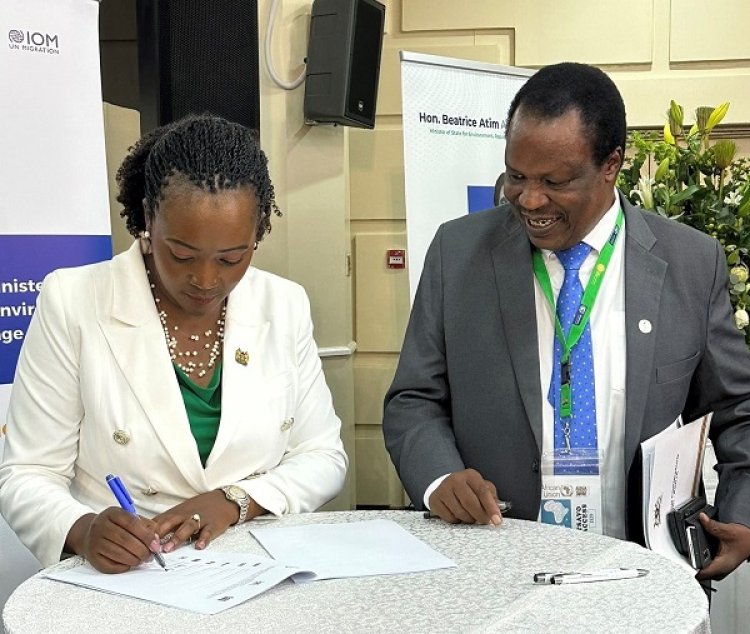The efficiency of government programmes aimed at rehabilitation of convicts, and inmates’ welfare services access is in the spotlight after it emerged that majority of prison facilities are overcapacity.
A report of the National Commission for Human Rights (NCHR) indicates that over half of the prisons in the country host thousands more people than they were built to accommodate.
The commission’s 2020/2021 activity report puts the overall prison occupancy rate at 124.1 per cent considering that all the 14 prison facilities in the country were found to house 76,099 people yet they were designed to accommodate 61,301 people.
High rates
However, the report indicates that in particular nine prison facilities had seen inmate numbers rise steadily, with occupancy rates reaching over 200 per cent in some instances.
Muhanga prison tops the list with 238.8 per cent occupancy rate. Its facilities were built to house 2,720 inmates but the national human rights commission report shows it has 6,498.
Gicumbi prison is crowded at 161.8 per cent with a total of 3,237 inmates yet its facilities were designed to accommodate 2,000 inmates.
Rwamagana prison facilities which were designed to house 9,520 people now host 14,385, bringing the occupancy rate at 151.1per cent.
Other overcrowded prison facilities include Rusizi (144.8%), Huye (138.6%), Musanze (138.2%), Bugesera (132.1%), Rubavu (127.7%) and Ngoma (103.6%).
Data from NCHR’s successive annual activity reports show the number of inmates in these facilities has been on constant rise since 2015.
Non-overcrowded facilities include Mulindi Prison (70.1%), Nyamagabe (83.3%), Nyarugenge (83.3%), Nyagatare (84.6%) and Nyanza (93.5%) prisons.
Global ranking
A recent prison population list by the World Prison Brief ranked Rwanda second, after the United States, with the highest prison population rate globally.
Its data show Rwanda has 580 prisoners per 100,000 people of the national population.
The ranking links the Rwanda high prison population to the fact that there are still many thousands detained in connection with the 1994 Genocide against the Tutsi.
NCHR report puts the number of convicts for genocide crimes still in prisons at 26,042.
On its part, the commission links the high prison population to the big number of offenders entering prisons compared to that of convicts completing their sentences.
Alternative penalty
The commission found that penal provisions on subjecting convicts to community service penalty as alternative to jail terms, which are stipulated under the penal code, were yet to be enforced, thereby contributing to overcrowding of the prison facilities.
Rwanda Post understands that the enforcement of community service penalty await a presidential decree expected to be issued after the proposed amendment to the law governing the Rwanda Correctional Service (RCS).
The Bill, currently in Parliament, seeks to give RCS powers to develop and implement social reintegration programmes for convicts, including monitoring follow up of the execution of community service penalty, among other responsibilities.










